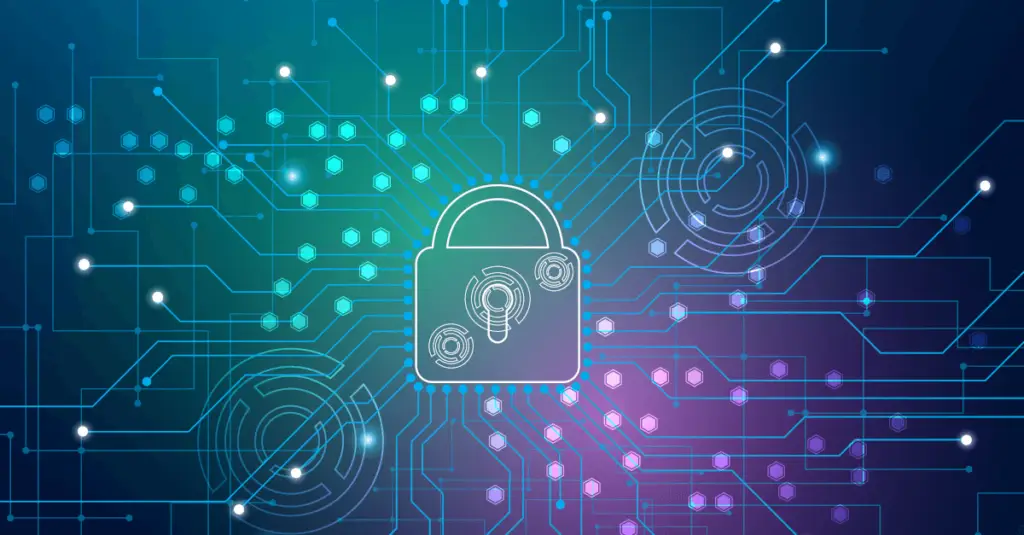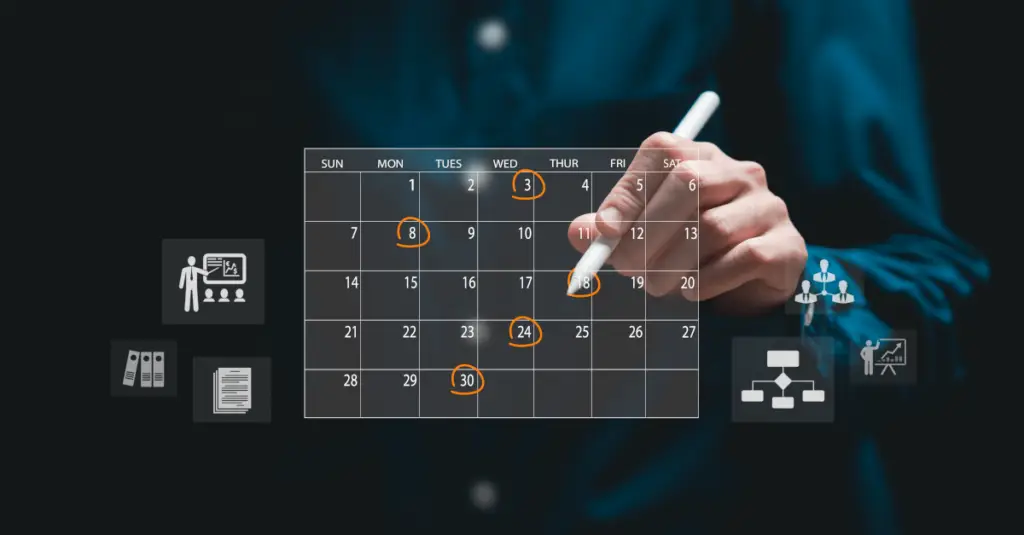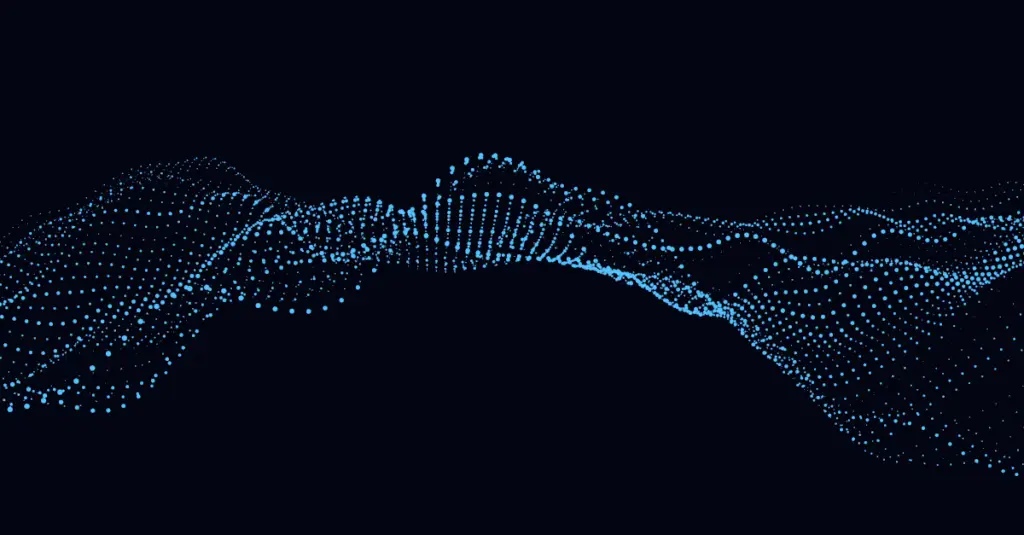
RC Reynolds, August 19, 2024
In today’s fast-paced digital world, traditional security models are becoming obsolete. With cyber threats evolving every day, it’s clear that we need a more robust approach to security. Enter Zero Trust Security—a strategy that’s all about rethinking how we protect our digital assets. Let’s dive into why Zero Trust Security is so essential, look at some recent events, and see how it could have prevented some of the biggest cyber incidents.
Get the Best Solution for
Your Business Today!
Table of Contents
The Rise of Zero Trust Security:
So, what exactly is Zero Trust Security? The principle is simple: “never trust, always verify.” Unlike the old models that assume everything inside the network is safe, Zero Trust assumes that threats can come from anywhere—inside or outside the network. This means verifying every user and device, enforcing strict access controls, and keeping an eye on everything in real-time.
Key Pillars of Zero Trust:
- Identity Verification: Continuously check and authorize users and devices.
- Least-Privilege Access: Only give users the access they absolutely need.
- Micro-Segmentation: Break the network into smaller segments to limit movement.
- Continuous Monitoring: Watch everything, all the time.
- Data Protection: Encrypt data wherever it is, whether it’s being stored or sent.
Recent Events Highlighting the Need for Zero Trust:
- SolarWinds Breach (2020): Overview: This breach hit thousands of organizations, including major U.S. government agencies, through a supply chain attack. Zero Trust Application: With Zero Trust, continuous monitoring and identity verification could have spotted unusual activity early on. Micro-segmentation would have limited the attacker’s ability to move around within the network, and strict access policies would have minimized the damage from compromised accounts.
- Colonial Pipeline Ransomware Attack (2021): Overview: This attack disrupted fuel supplies across the Eastern U.S., causing widespread panic and economic impact. Zero Trust Application: Zero Trust could have required multifactor authentication (MFA) for accessing critical infrastructure. Continuous monitoring would have detected ransomware behavior early, and strict access controls would have isolated affected systems, stopping the ransomware from spreading.
- Microsoft Exchange Server Vulnerabilities (2021): Overview: Multiple zero-day vulnerabilities in Microsoft Exchange Server were exploited, affecting thousands of organizations worldwide. Zero Trust Application: Zero Trust would have required all communications, even within the internal network, to be authenticated and encrypted. Continuous monitoring for unusual access patterns could have detected the exploitation early, and micro-segmentation would have contained the impact.
Why Zero Trust is Essential:
- Adapting to Modern Threats: Cyber threats are getting more sophisticated and harder to predict. Traditional security models just can’t keep up. Zero Trust is dynamic and adapts to evolving threats, offering a resilient defense.
- Protecting Remote Workforces: The shift to remote work has blurred the lines between internal and external networks. Zero Trust ensures that all access, no matter where it’s from, is verified and secure, protecting remote workers and company data.
- Reducing the Attack Surface: By enforcing least-privilege access and micro-segmentation, Zero Trust minimizes the attack surface, making it much harder for attackers to move laterally and access critical systems.
- Enhancing Compliance: Regulatory requirements are getting stricter. Zero Trust not only helps meet these requirements but also provides continuous monitoring and enforcement of security policies to stay compliant.
Conclusion:
The wave of cyberattacks we’ve seen recently makes it clear: we need a proactive, comprehensive security approach. Zero Trust Security is the future of cybersecurity, offering robust protection against sophisticated threats by assuming that no one can be trusted by default. By implementing Zero Trust, organizations can significantly enhance their security posture, protect their digital assets, and prevent incidents like the SolarWinds breach, Colonial Pipeline ransomware attack, and Microsoft Exchange vulnerabilities from causing widespread damage. The number of threats and the sophistication of threats are increasing every year. Thus, cyber teams have to up their game.
Embracing Zero Trust isn’t just about defending against today’s threats; it’s about building a resilient security foundation for the future. The time to adopt Zero Trust Security is now—because when it comes to cybersecurity, trust is a vulnerability we can’t afford.
Next Steps
If you have any questions or would like PMsquare to provide guidance and support for Zero Trust Security, contact us today.
Be sure to subscribe to our newsletter to have PMsquare articles and updates sent straight to your inbox.
Published Date:








